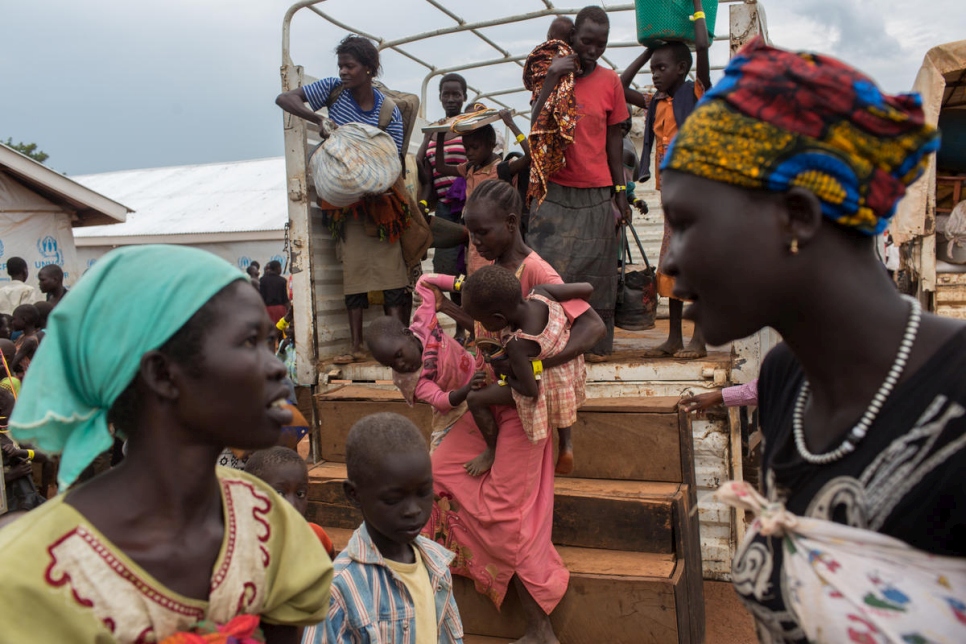South Sudan emergency
The situation in South Sudan and neighbouring countries has quickly escalated into a full-blown humanitarian emergency. Although we are doing all we can to provide relief and life-saving shelter with limited resources, displacement in the region is expected to rise until a political solution is found.
“The journey was so hard. The sun was very hot and we had trouble finding food and water. Our uncle decided to turn back but we continued on because we wanted to go to school.”
Kenyi, 17, is among more than 5,000 unaccompanied South Sudanese refugee children who have arrived in Uganda
The majority of the refugees are women and children, many of whom flee across the border alone. Often, they arrive weak and malnourished. When the rainy season comes, their needs are compounded by flooding, food shortages and disease.
Inside South Sudan, nearly two million people are displaced while outside the country there are now over two million South Sudanese refugees, mainly in Ethiopia, Sudan, and Uganda. Many fear imminent attack or struggle with food insecurity.
“This conflict must end, and the world must rally to support the millions forced to flee their homes in South Sudan.”
Arnauld Akodjenou, Regional Refugee Coordinator and Special Advisor on the South Sudan Situation
UNHCR is appealing for US$2.7 billion to address the life-saving humanitarian needs of South Sudanese refugees in 2019 and 2020. In 2018, UNHCR and its partners received just 38 percent of the required US$1.4 billion requested to support South Sudanese refugees. Education, health and food supplies are all severely underfunded, exacting a heavy toll on women and children, who account for 83 percent of the refugees.
“Since the signing of the Revitalised Agreement on the Resolution of Conflict in South Sudan (R-ARCSS) on 12 September 2018 under the auspices of the Inter-Governmental Authority on Development (IGAD), a partial reduction in fighting has been seen.” Said Arnauld Akodjenou, Regional Refugee Coordinator and Special Advisor on the South Sudan Situation. “Amidst dwindling funding and a tumultuous political climate which gave rise to the R-ARCSS, I urge the donor community to increase funding to the South Sudan situation, particularly in underfunded areas such as protection, livelihoods, and education, for which levels among South Sudanese children and young adults are some of the lowest in the world.”

